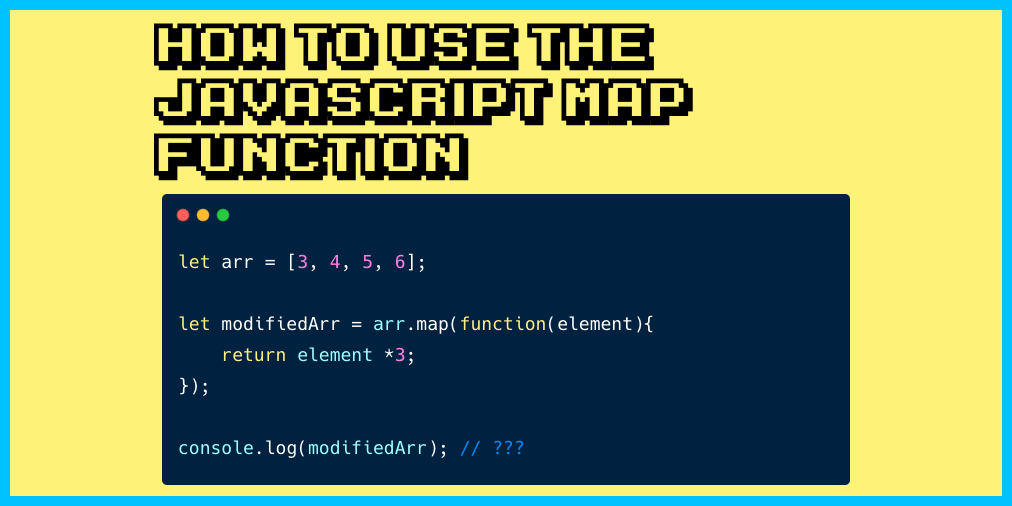

values() returns a new iterator object that contains values for each element in insertion order.It returns the map object itself therefore you can chain this method with other methods. set(key, value) – sets the value for the key in the map object.keys() – returns a new Iterator that contains the keys for elements in insertion order.has(key) – returns true if a value associated with the key exists or false otherwise.If the key does not exist, it returns undefined. get(key) – returns the value associated with the key.The optional thisArg parameter sets the this value for each callback. forEach(callback) – invokes a callback for each key-value pair in the map in the insertion order.The order of objects in the map is the same as the insertion order. entries() – returns a new Iterator object that contains an array of for each element in the map object.It returns if the element is in the map, or false if it does not.

#REMOVE METHOD MAP CODE#
Let map = new Map() Code language: JavaScript ( javascript ) To create a new Map, you use the following syntax: The iteration order follows the insertion order which corresponds to the order in which each key-value pair was first inserted into the Map by the set() method. When iterating a Map object, each iteration returns a 2-member array of. Keys and values of a Map can be any values. In other words, a key in a Map object only appears once. An object does not have a property that represents the size of the map.ĮS6 provides a new collection type called Map that addresses these deficiencies.īy definition, a Map object holds key-value pairs.A key of an object must be a string or a symbol, you cannot use an object as a key.An object always has a default key like the prototype.But using an object as a map has some side effects: Introduction to JavaScript Map objectīefore ES6, we often used an object to emulate a map by mapping a key to a value of any type. In this article, we have learned for removing an element from Map we can use Map.remove() or Map.replace() functions and these both functions come with specific variation to check whether the given value exists or not and this leads to more preciseness of the operation.Summary: in this tutorial, you will learn about the JavaScript Map object that maps a key to a value. That's why we mentioned parameter names as oldValue and newValue. In this example, we are replacing the existing value of the Map element if it is already present in the Map. import java.util.* Įxample of Map.replace(Key, oldValue, newValue) to Replace An Element From Map This operation is useful when we want to add a new member to the Map just after removing the operation. You can clearly verify that from the below output. In this example Map.replace() method which will replace the old value of "D", 68 to 90. If we are just concern about the time required for operations like adding and removing an element from Map in such cases we can directly perform replace operation by using Map.replace(Key,Value) Example to Replace An Element From Map It removes the element and returns true if and only if both key and value exist in the map otherwise it will return false.


But in a case corresponding value does not exist and the only key exists then also it will return false. It will return true if the Key and Value of the element passed in the function exist in the map and this method will remove that element. In the given example we called Map.remove() method and this method is slightly different than what we did in the first example. ("Removed Element is : "+result) Įxample of Removing Element From Java Map Map.remove(Key) It removes the element and returns its corresponding value. In the below code snippet, we are using the remove() method on the Map and it will return a deleted value from a given key element. To modify elements from Java Map we are having two functions remove() and replace(). Example of Removing Element From Java Map In foodItemTypeMap, the key Grape is not mapped with the Vegetable value. We use this method in case we want to delete an entry only if a key is mapped to a specific value. It is used to collect elements into key and value pairs. Using Method remove (Object key, Object value) This is a variant of the first method and accepts both key and value as inputs. In Java, Map is an interface and part of the Java Collection framework.
#REMOVE METHOD MAP HOW TO#
In this tutorial, we will learn how to remove an element from a Java Map.


 0 kommentar(er)
0 kommentar(er)
